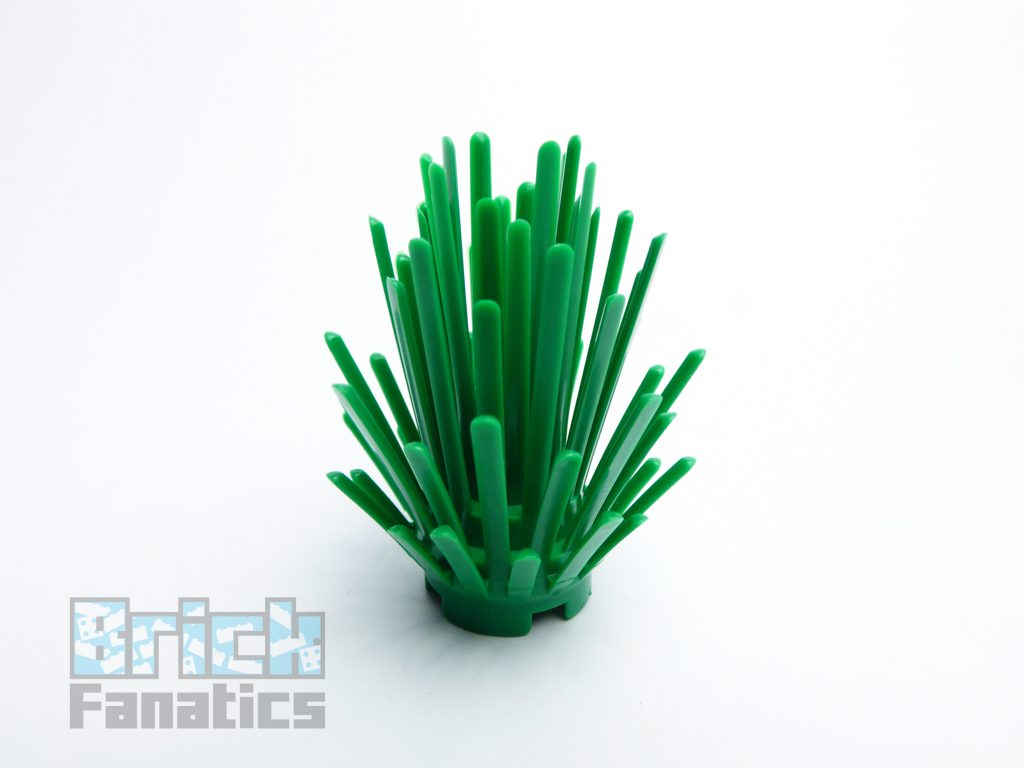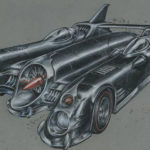Ten things we learned about the new LEGO sustainable pieces
With the LEGO plants from plants elements on the way, Brick Fanatics lists 10 things we have learned about the new sustainable pieces
To introduce the LEGO fan community to the 2030 Sustainable Materials Challenge, Matthew Whitby, Environmental Responsibility Engagement (ERE) Manager and Bistra Andersen, Senior Material Platform Manager gave a presentation to Brick Fanatics and other LEGO Fan Media outlets. By 2030, all LEGO pieces will be made from sustainable materials rather than the current plastics used, as the company seeks to reduce its environmental impact.
As the first sustainably manufactured botanical elements start appearing in LEGO boxes, Brick Fanatics has pulled out ten key facts from the presentation that all fans will want to know…
The LEGO Group has an in-house definition for a sustainable material
Bistra explained that the company’s definition for sustainable material is, “the material that meets our high quality and safety standards and at the same time has key environment and social sustainability attributes.”
You should not eat the sugarcane elements
Although the botanical pieces are made from sugarcane, they do not make for a good snack. “It doesn’t taste sweet, you can’t eat it,” Matthew unequivocally declared.
There will be no compromise in quality
“The new generation of materials should be as safe and offer the same high quality, the same great play experience as our current materials,” said Bistra. This was a recurring theme, as the pair kept reinforcing the idea that there would be no difference in quality. If there was one message the LEGO Group wanted the media to take away from the presentation, this was it.
The WWF are keeping an eye on things
“When we are doing plant based plastic we are sourcing from a supplier who is meeting our sustainability criteria, so our sugar cane is coming from Brazil,” Matthew said. In order to ensure that the impact is as minimal as possible, the LEGO Group is working with the World Wildlife Fund (WWF). ”That’s why we are making sure that we are working with the WWF – to ensure we’re sourcing sustainably.”
Fans may already own plant based pieces
The LEGO Group has already stopped using fossil based plastics to produce botanical elements, so all new botanical elements are produced using the plant based polymer. As soon as stock runs out, it is replenished – there is no special cut off date when the existing pieces are no longer used and the new pieces start being used – so with the plant based pieces already in production, they could start turning up in LEGO sets at any time.
Sets containing the pieces won’t always be marked
Although the initial promotional set, 40320 Plants from Plants, will feature the “made from plants” symbol, most products will just include the pieces without any special marking on the box.
The materials had to be called “plant based” rather than “bioplastics”
It turns out that, particularly in the USA, “bio” has negative connotations. Consumers were associating the phrase with the word “biohazard” and thinking of dangerous materials. So instead, the LEGO Group is using the phrase “plant based”, which sounds a great deal friendlier.
Plant based plastics will not lead to increased prices
Assurances have been given that the price of LEGO sets will not increase as a result of this sustainable push. “This isn’t going to cost any more, we are making the payment ourselves,” Matthew told attendees at the LEGO Fan Media Days. “Consumers will not notice a difference in the price.”
Sustainable bricks must contain at least 25% bio-content
Although photographs were not permitted, the handling of prototype 2×4 bricks was. They are not yet up to the LEGO standard, but are certainly on the way. Each piece contains at least 50% bio-content, which is way above the LEGO Group’s self-determined threshold of 25%.
There are currently 150 pieces that can be made using sustainable materials
“About 150 types of elements we can now start producing from plant based plastic,” Matthew says. These are the pieces that use a sugarcane based material. “The sugarcane is coming from a supplier in Brazil, and we are making sure that we work with WWF to ensure that this sugarcane is sourced sustainably.” Beyond the plant elements, pieces such as an Elves dragon wing and City air tank can currently be made using this type of plastic.
The LEGO Group seems to be keen to shout about the company’s success so far in improving the sustainability of products. These plant elements are just the beginning, with more news sure to come as materials are devised that can replace existing plastics, including the commonly used ABS.
For more about the LEGO Group’s sustainability work so far, check out this feature.
The Plants from Plants promotion will launch on August 1 at [geot exclude_country=”United States”]shop.LEGO.com[/geot][geot country=”United States”]shop.LEGO.com[/geot].
Author Profile
-
Graham was the BrickFanatics.com Editor up until November 2020. He has plenty of experience working on LEGO related projects. He has contributed to various websites and publications on topics including niche hobbies, the toy industry and education.
Follw Graham on Twitter @grahamh100.









